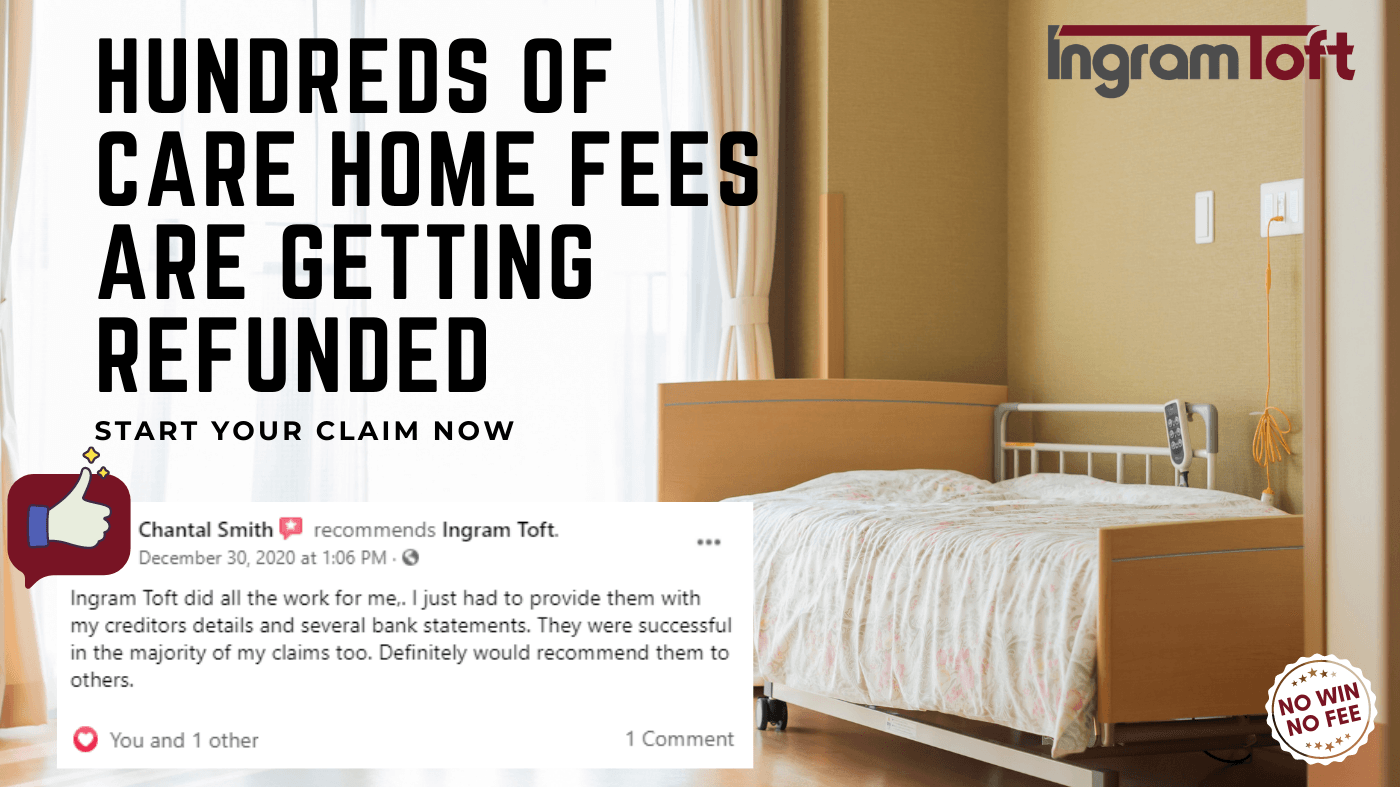Marriage Allowance Claim
Couples are encouraged to "say yes" to the Marriage Allowance proposal.

Signing up for Marriage Allowance could save eligible married couples or people in a civil partnership up to £252 in tax per year.
As the wedding season approaches, HM Revenue and Customs (HMRC) reminds married couples and people in civil partnerships to prioritise extra cash and sign up for Marriage Allowance.
Marriage Allowance allows married couples or civil partners, including long-term partners, to share their personal tax allowances if one partner earns less than the Personal Allowance threshold of £12,570 and the other is a basic rate taxpayer.
Eligible couples can transfer 10% of their tax-free allowance to their partner, up to £1,260 in the fiscal year 2022-2023. Couples can save up to £252 in tax per year as a result. They can apply at any time and, if eligible, receive a payment of up to £1,242 for up to four previous tax years.
Marriage Allowance is one of several benefits and reliefs available to help families with their finances at a time when many people are concerned about the rising cost of living.
HMRC's Deputy Chief Executive and Second Permanent Secretary, Angela MacDonald, stated:
We want to make certain that people receive critical financial assistance at a time when they are most in need. Married couples or those in a civil partnership may be eligible for tax relief of up to £1,242, which means extra money in their pockets.
Marriage Allowance currently benefits over 2 million couples, but thousands more may be eligible to apply.
Even if a couple does not qualify for Marriage Allowance when they first married, a change in circumstances years later may make them eligible again.
These are some examples:
- One partner is retiring, while the other is still working.
- a shift in employment
- a reduction in working hours, resulting in earnings that are less than their Personal Allowance
- shared parental leave, maternity leave, or paternity leave
- unpaid time off or a career break
- One partner is studying or in education and does not earn more than their Personal Allowance.
If a spouse or civil partner died after April 5, 2018, the surviving spouse or civil partner can still file a claim by calling the Income Tax helpline.
Every year, claims for Marriage Allowance are automatically renewed. Couples should, however, notify HMRC if their circumstances change.
More information
A marriage Allowance is 10% of a person's tax-free personal allowance. The maximum amount that can be transferred to their husband, wife, or civil partner is determined by their Personal Allowance for the tax year in question.
Marriage Allowance for the Tax Year
2022/23 £252
2021/22 £252
2020/21 £250
2019/20 £250
2018/19 £238
Allowance for marriage and married couples
It's beneficial to understand how Marriage and Married Couple Allowances work. They are usually raised every year. Increases are typically effective from the start of the fiscal year (6 April).
If you're married or in a civil partnership, one of you can transfer up to £1,260 of your Personal Allowance to your partner.
This is slightly more than 10% of the basic £12,570 Personal Allowance for the fiscal year 2022-23. (BPA is the amount of income on which you do not have to pay tax.)
This transfer reduces a partner's tax liability by up to £252 during the tax year (6 April to 5 April the next year).
Marriage Allowance is also known as the Marriage Tax Allowance.
If you meet the following criteria, you may be eligible for Marriage Allowance:
- you're married or in a civil partnership but don't get Married Couple's Allowance
- You do not pay income tax or earn less than your Personal Allowance and are thus not taxed. This usually means earning less than £12,570 in 2022-23.
- Because your partner pays tax at the basic rate, they are not subject to tax at the higher or additional rates. This usually means that your partner earns between £12,571 and £50,270 before receiving the Marriage Allowance. In Scotland, your partner must pay the starter, basic, or intermediate rate, which means their income must be between £12,571 and £43,662.
Marriage Allowance means that the higher-earning partner will have £1,260 added to their basic Personal Allowance.
The amount of money transferred to a partner as part of Marriage Allowance is reduced by 20% on their tax bill. This is not the same as Personal Allowance, which is deducted from taxable income before tax is calculated.
Here's an example, though it won't work if you live in Scotland because the income tax bands are different.
You are a basic rate taxpayer if you earn less than £30,000 per year. If your partner earns less than £8,000 per year, they are a non-taxpayer. This means your household could save £252.
In this case, when the non-taxpayer earns more than £11,310, Marriage Allowance is less beneficial. This is due to the fact that a non-taxpayer would pay tax on income exceeding £11,310 rather than £12,570 (the basic Personal Allowance amount).
The partner receiving the Marriage Allowance will usually have his or her tax code changed to 'M'.
This indicates that they are receiving Marriage Allowance from their partner.
If the partner who transferred their Personal Allowance works, their tax code will change to 'N,' indicating that they have chosen to use the Marriage Allowance.
Allowance for Married Couples
If one or both partners were born before 6 April 1935, they may be eligible for a more generous allowance known as Married Couple's Allowance. To qualify for an allowance in the 2022/23 tax year, one member of the couple must be at least 88 years old on 5 April 2023.
Married Couple's Allowance is calculated using the husband's income for marriages before December 5, 2005. Although it is possible to transfer it to the wife.
It is the highest earner's income for marriages and civil partnerships after this date.
The Married Couple's Allowance receives a 10% tax break. This means that the higher-earning partner receives 10% of the tax paid.
The benefit has upper and lower limits for both the amount of tax claimed and the amount earned.
This could reduce your tax bill by £353 to £912.50 per year for the fiscal year 2022-23.
Do not delay, file for your Marriage Allowance Claim today.
These are the types of claims we may help you with:
Marriage Allowance- Marriage Allowance for previous years
- Marriage Allowance if your partner has died
- Married Couple’s Allowance
Click below to file a claim:











